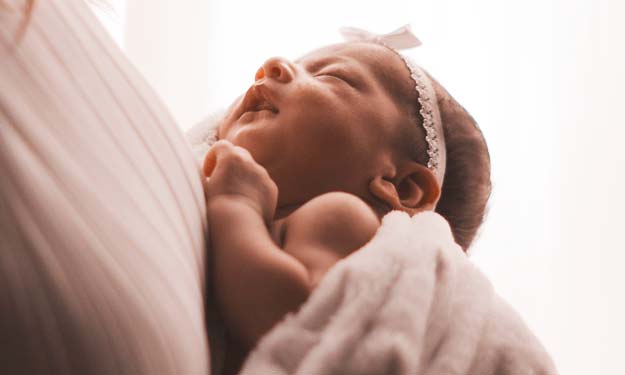Cradle Cap
Every baby is beautiful, particularly to their parents. Cradle cap is a very common condition that many babies get. This usually appears as dry skin on the baby’s head and can develop into a yellow and dry sort of crust.
Though children of all ages can be afflicted with cradle cap, it is usually common in babies. The good news is that it does not present any pain or discomfort to the baby and is usually more unsightly to the parent than anything else.
Many new parents have sought treatment for cradle cap and there are some very effective home remedies for cradle cap that can be used and present no danger or harm in curing the condition.
Natural Cures for Cradle Cap
Usually this condition will come and go rather quickly, presenting no harm to the child whatsoever. If you as a doting parent want to do something to help get rid of cradle cap for your child, there are some simple home remedies that can be of great help.
If you notice the area turning red, fluid or an unpleasant smell, see your doctor.
Use a Toothbrush
It may seem counterintuitive or strange to some parents to brush their child’s scalp, but it can be of great help. Take a tiny amount of baby oil and rub it onto the scalp. Let sit for 30 minutes to a few hours (depending on the amount of dry skin) then use a soft toothbrush or baby brush to gently scrape away the dry skin.
You may not see immediate results, just be careful not to brush too hard on babies soft scalp and avoid scratching and picking as this can possibly make the condition worse.
Shampoo Daily
Be sure to wash babies hair daily with a mild shampoo. If the scalp is particularly heavy with scaling, apply a mineral oil prior to shampooing and let sit one to two hours then wash as usual. If daily shampooing does not help, talk to your pediatrician.
Pay Attention to its Pattern
In many cases, the best thing to do is to leave it alone. Cradle cap typically goes away on its own but it’s helpful to pay attention to the pattern. If it does persist or seems to be spreading further than just the top of the head then see the pediatrician.



